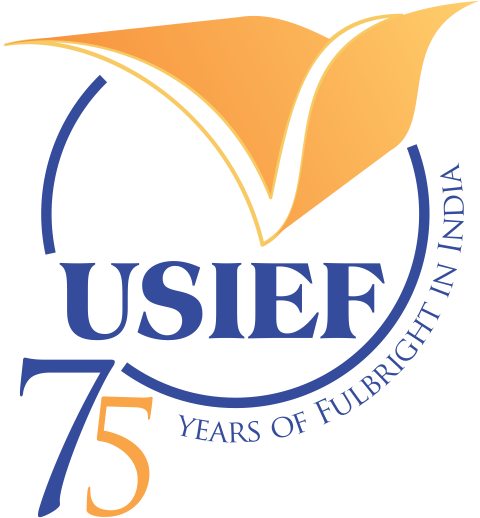Ms Shakshi Bhardwaj is a PhD candidate in the Department of Polymer and Process Engineering at the Indian Institute of Technology Roorkee, Uttarakhand. Her research focuses on developing multifunctional hydrophobic cellulose nanofiber aerogels integrated with phase change materials for thermal energy storage and insulation. This work aims to contribute to sustainable solutions in the building and automotive sectors.
Shakshi earned her BSc in Chemistry from the University of Delhi in 2017, followed by an MSc in Organic Chemistry from Maharshi Dayanand University, Rohtak, in 2019. In 2022, she began her doctoral studies under the supervision of Prof. Pradip Kumar Maji and was awarded the prestigious Prime Minister’s Research Fellowship (PMRF). She has bagged several awards at national and international conferences for excellence in research presentations.
As a Fulbright-Nehru Doctoral Research Fellow, Shakshi is conducting collaborative research at the University of Colorado Boulder. Her work focuses on cellulose-based materials for thermal insulation and thermal management applications. She is engaged in literature review, scientific writing, and hands-on learning of advanced material characterization techniques with full support from the host research group. The collaborative research is expected to contribute to sustainable material innovations relevant to both India and the United States.
Beyond her academic pursuits, Shakshi is passionate about promoting eco-friendly technologies and hopes to bridge fundamental research with real-world applications in sustainable infrastructure.
